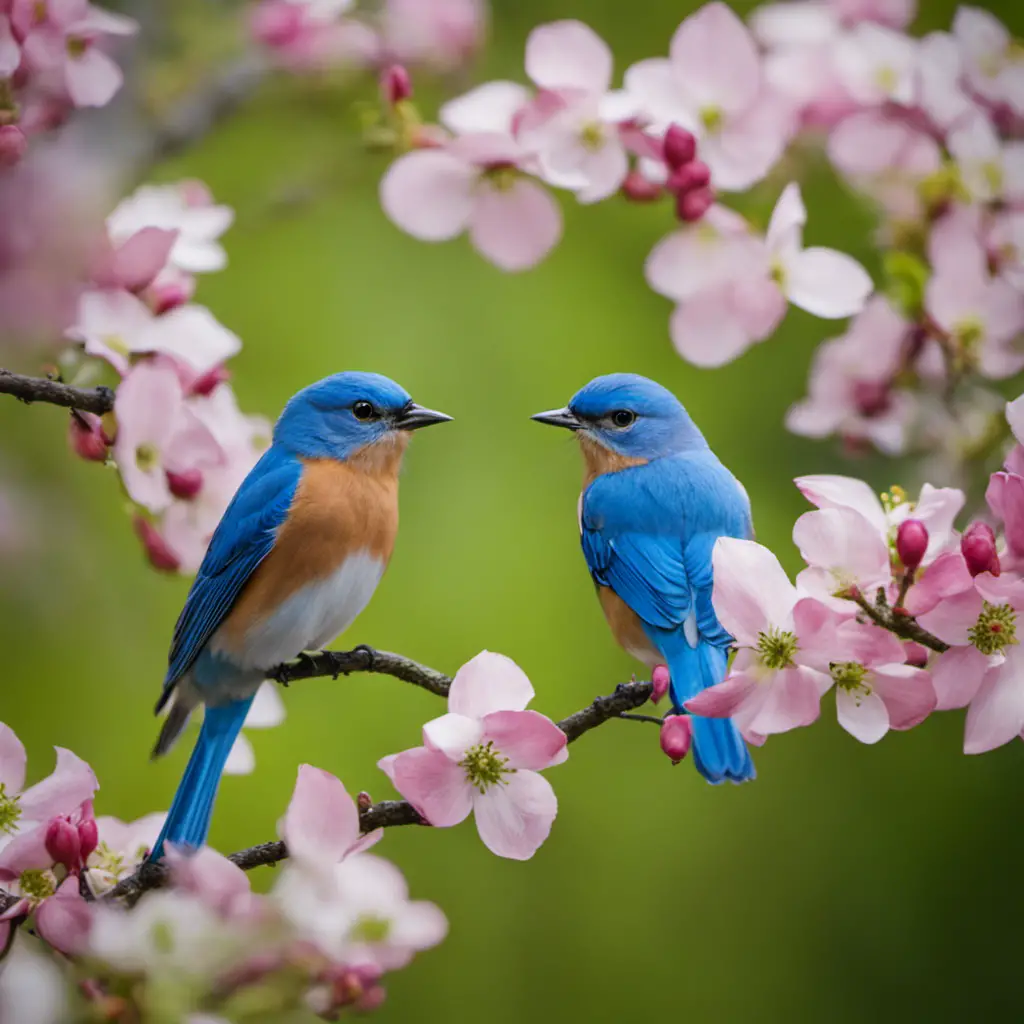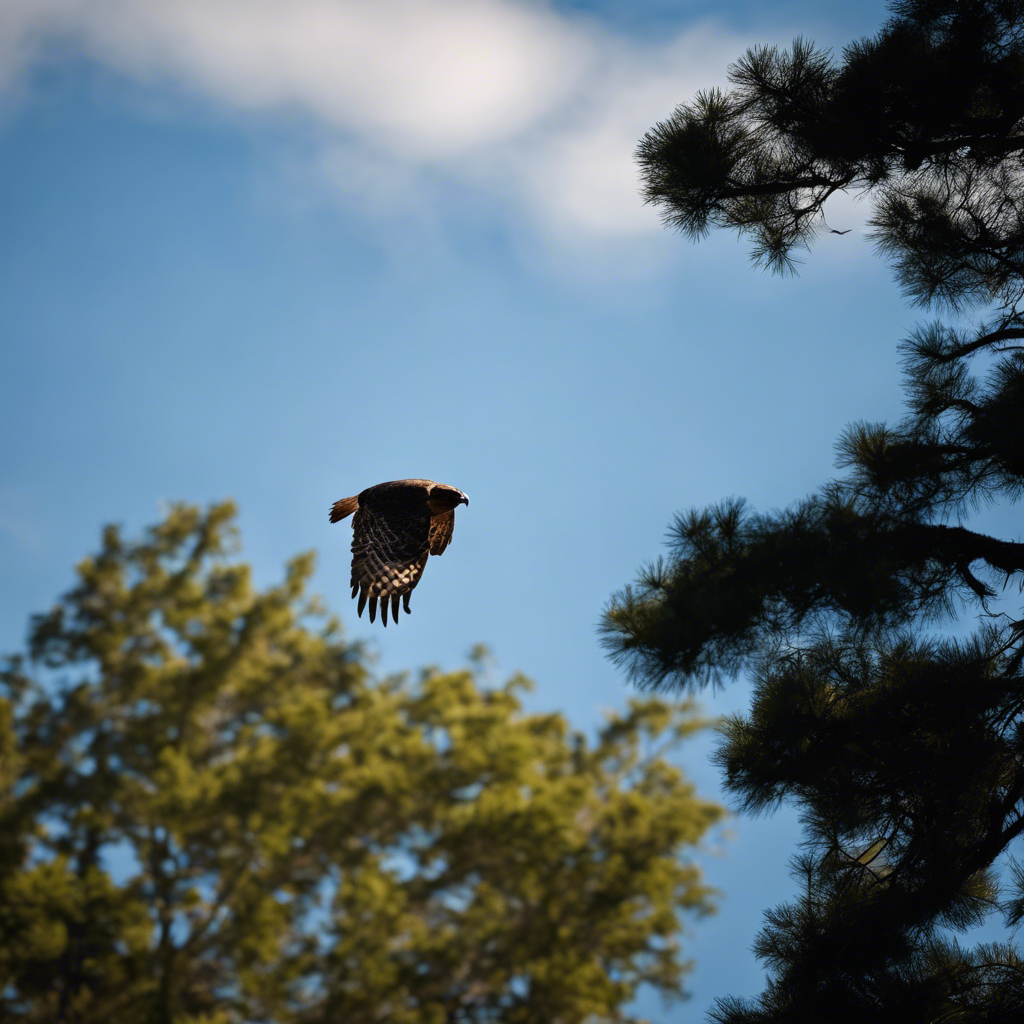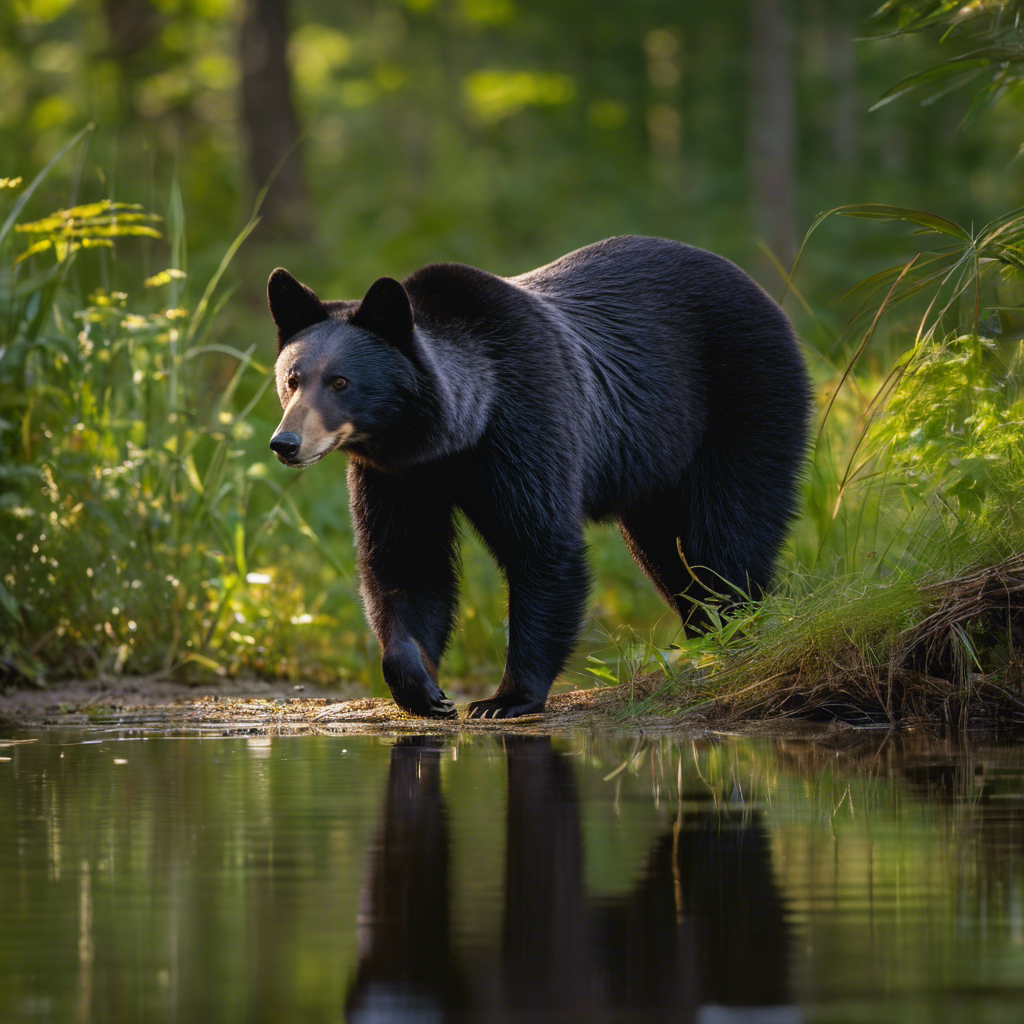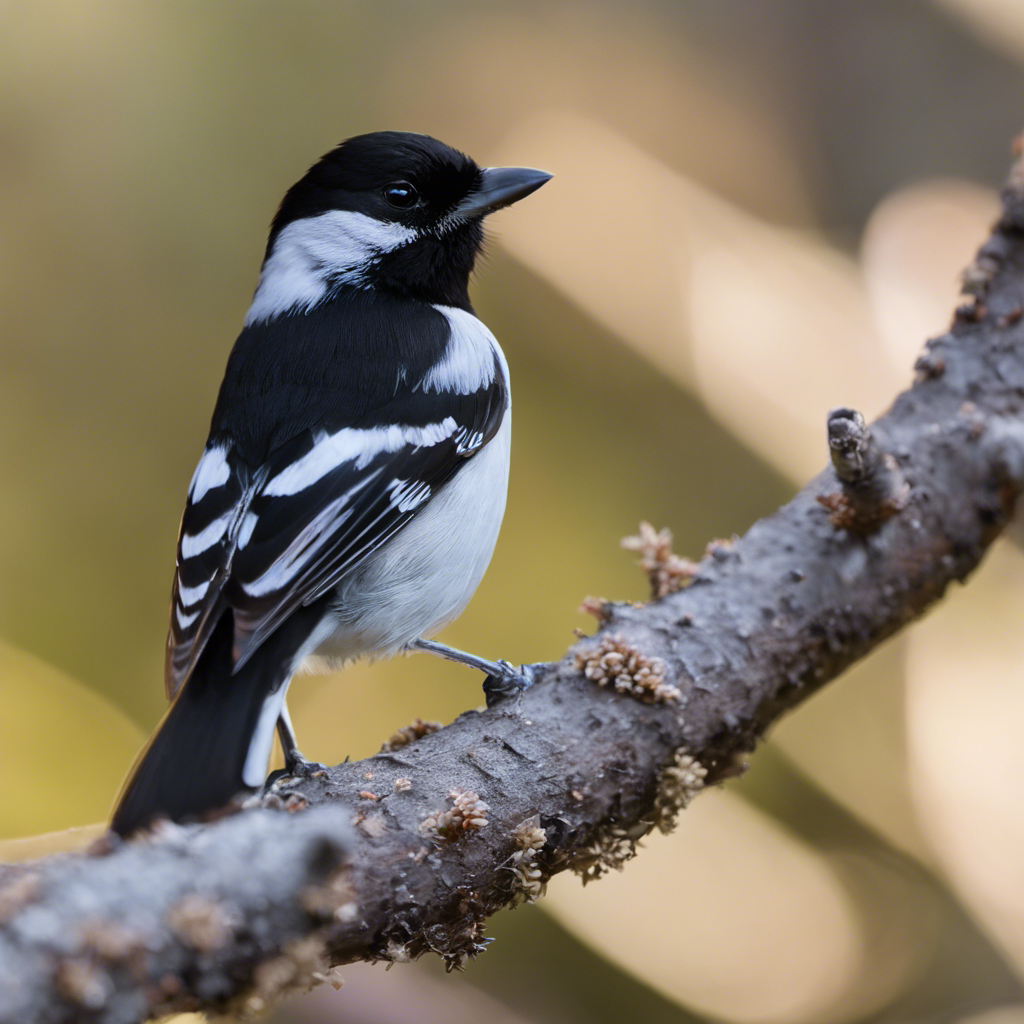If you’re curious about the vibrant avian life in North Carolina, you’re in for a treat! Blue birds grace the state with their dazzling presence, including the Indigo Bunting, Common Grackle, Barn Swallow, Blue Grosbeak, Eastern Bluebird, Purple Finch, Red-bellied Woodpecker, Red-headed Woodpecker, and Ruby-throated Hummingbird.
These feathered gems contribute to the diverse ecosystem, adding splashes of color and melodic songs to the landscape.
Get ready to embark on a fascinating journey into the world of blue birds in North Carolina.
Key Takeaways
- Indigo Buntings, Blue Grosbeaks, and Eastern Bluebirds are three species of blue birds found in North Carolina.
- These blue birds have vibrant blue plumage and are known for their impressive migration patterns.
- They have different habitats, with the Indigo Bunting nesting in various habitats, the Blue Grosbeak found in open woodlands and fields near water sources, and the Eastern Bluebird primarily nesting in cavities and readily accepting nest boxes.
- Conservation efforts have been successful in increasing the population of Eastern Bluebirds in North Carolina.
Indigo Bunting
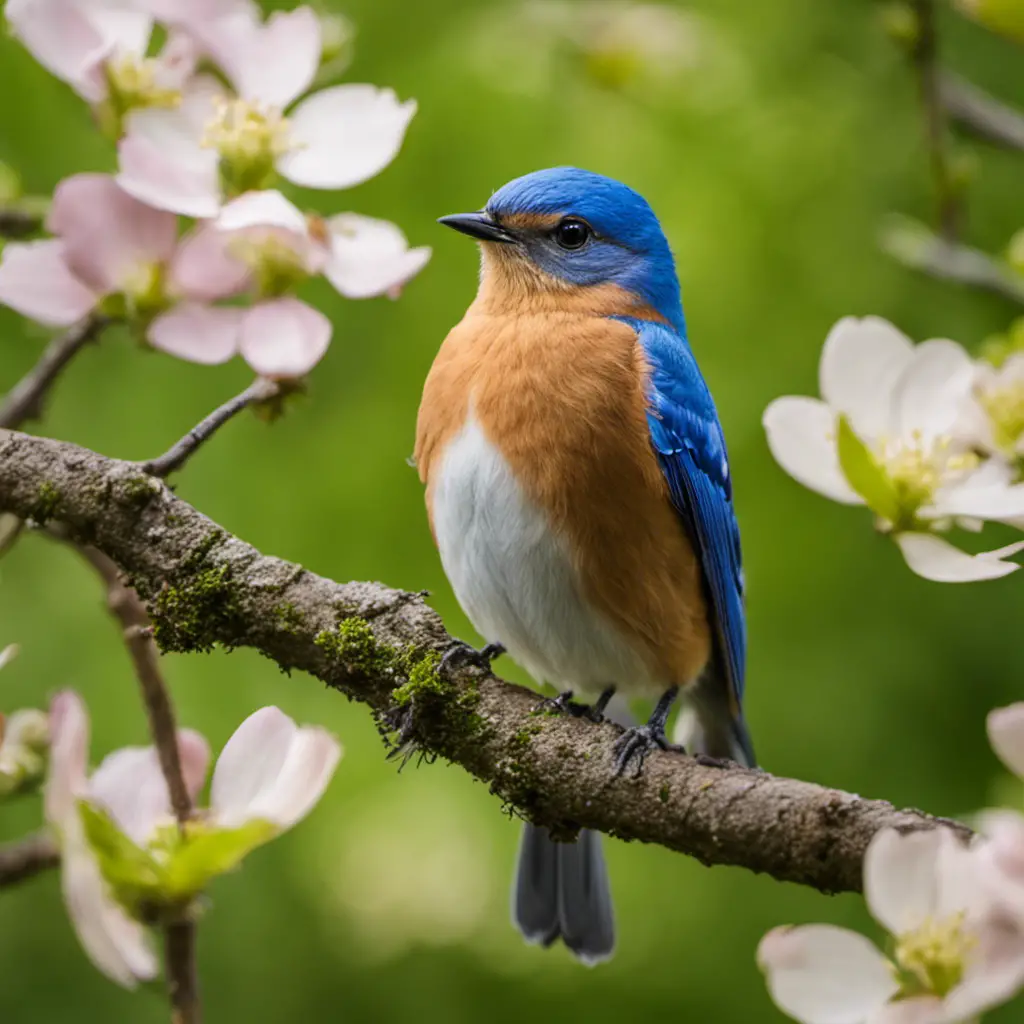
You should check out the vibrant plumage of the indigo bunting in North Carolina. This small songbird, with its brilliant blue feathers, is a sight to behold.
The indigo bunting is known for its impressive migration patterns, as it travels thousands of miles each year. In the spring, these birds make their way from Central and South America to North America, including North Carolina, to breed.
They’re known to nest in a variety of habitats, including open woodlands, shrubby areas, and forest edges. The female indigo bunting builds a cup-shaped nest made of grasses and leaves, usually hidden in vegetation.
Understanding the blue bunting migration patterns and indigo bunting nesting habits can provide valuable insights into the fascinating lives of these beautiful birds.
Common Grackle
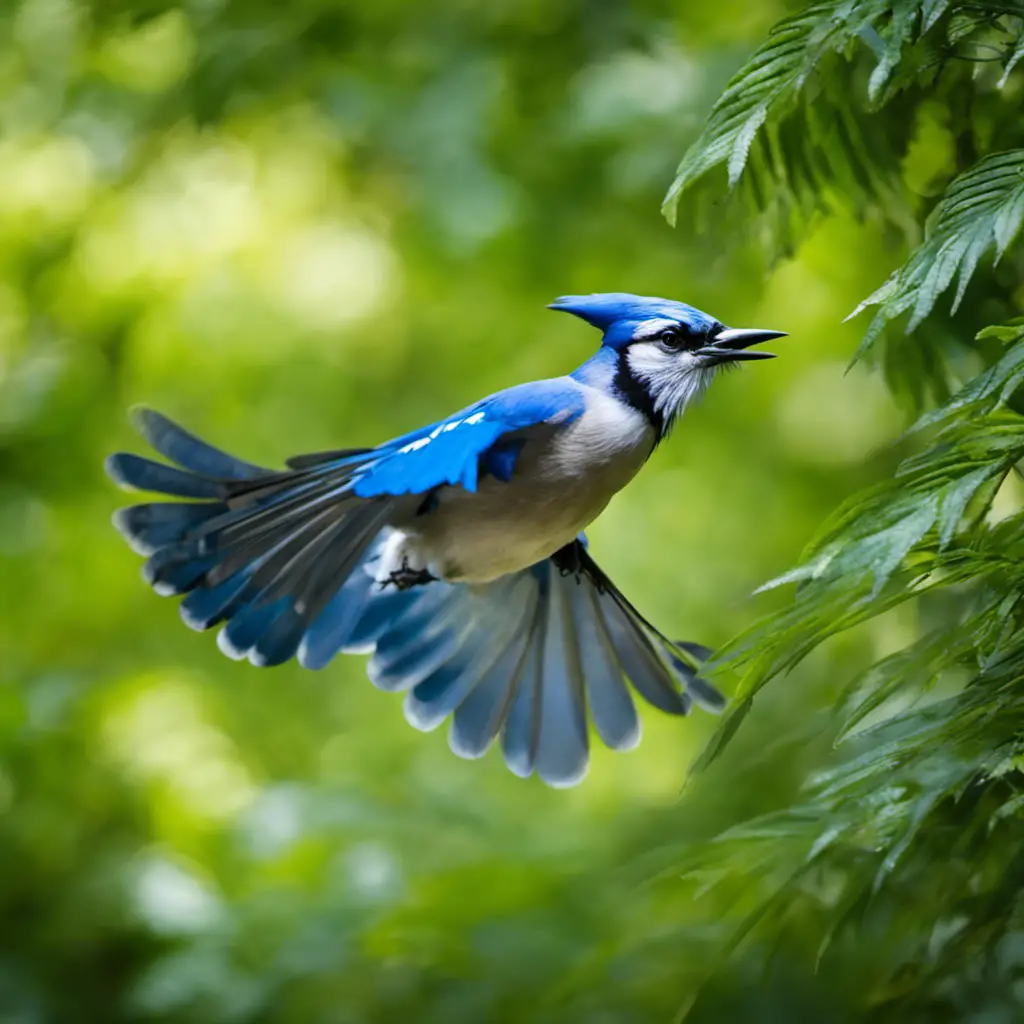
Spotting common grackles in North Carolina can be quite thrilling, as their iridescent feathers shimmer in the sunlight and their raucous calls fill the air. These medium-sized blackbirds are known for their glossy black plumage with hints of purple and green, which are especially striking when seen up close. While they may appear similar to the indigo bunting at a glance, a closer look reveals distinct differences. Grackles have longer tails, larger bodies, and their beaks are longer and more robust compared to the delicate beak of the indigo bunting. Additionally, the grackles’ calls are more harsh and raspy, while the bunting’s song is a melodic, sweet warble. Observing these unique characteristics through a table can provide a deeper understanding of the features that differentiate these two fascinating bird species.
| Feature | Common Grackle | Indigo Bunting |
|---|---|---|
| Size | Medium-sized | Small |
| Plumage | Glossy black with iridescent purple and green hues | Vibrant blue with hints of black |
| Tail | Long and rounded | Short and square |
| Beak | Long and robust | Delicate |
| Call | Harsh and raspy | Melodic and sweet warble |
Barn Swallow
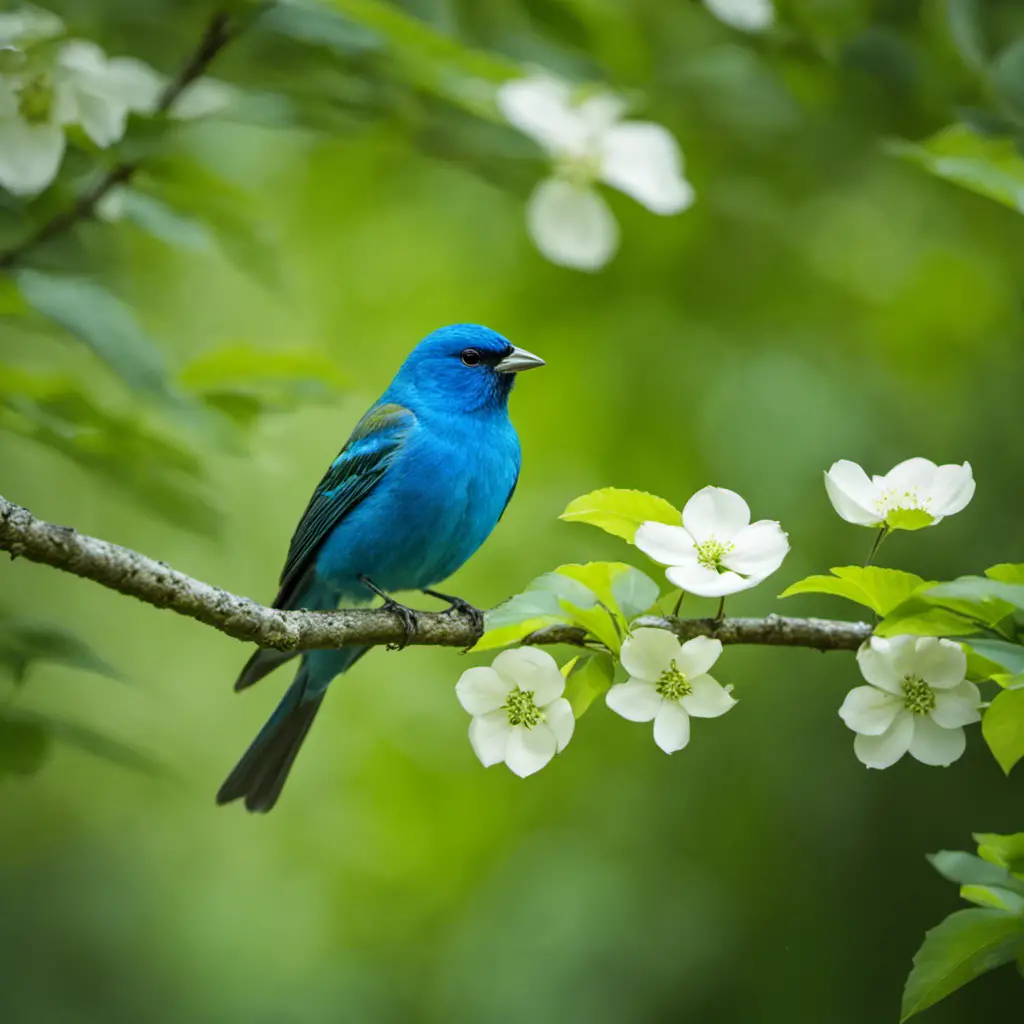
Take a moment to appreciate the graceful flight of the Barn Swallow as it swoops through the air, displaying its streamlined body and long, pointed wings. This remarkable bird is known for its impressive migration patterns and nesting habits.
Here are some key points to understand about the barn swallow:
Migration Patterns:
Barn swallows are known for their long-distance migration, traveling from their breeding grounds in North America to their wintering grounds in Central and South America.
They embark on this journey twice a year, covering thousands of miles.
These birds follow specific routes, utilizing favorable winds and abundant food sources along the way.
Their migration timing is influenced by changes in daylight duration and food availability.
Nesting Habits:
Barn swallows build cup-shaped nests made of mud, grass, and feathers.
They typically place their nests in man-made structures such as barns, sheds, or under bridges.
The male and female work together to construct the nest, with the female lining it with soft materials.
These birds are known for their fidelity to nesting sites, often returning to the same location year after year.
Observing the barn swallow’s migration patterns and nesting habits provides valuable insights into their incredible adaptability and survival strategies.
Blue Grosbeak
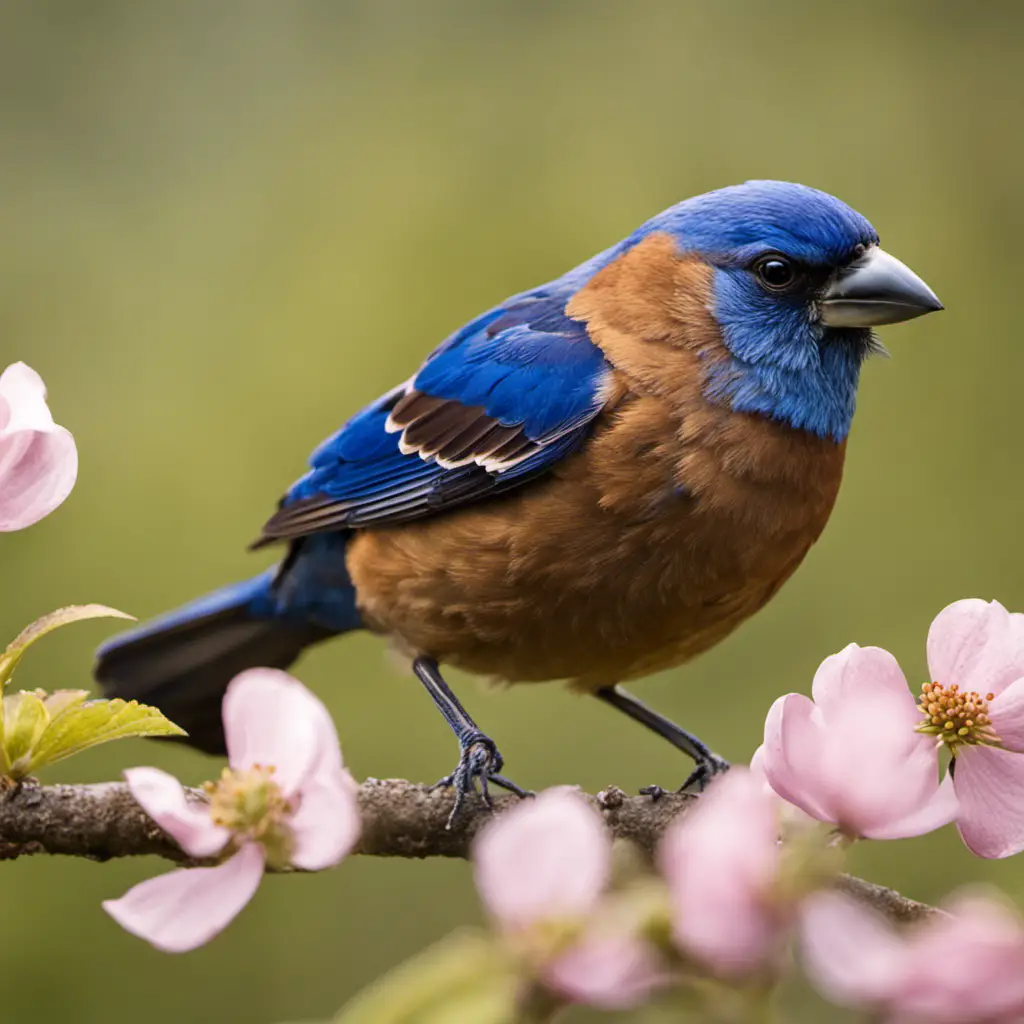
Spot the Blue Grosbeak as it gracefully perches on a tree branch, showcasing its vibrant blue plumage. This stunning bird, scientifically known as Passerina caerulea, is a common sight in North Carolina. Let’s delve into the fascinating world of the Blue Grosbeak and explore its habitat and diet.
The Blue Grosbeak can be found in a variety of habitats, including open woodlands, brushy fields, and thickets near water sources. They prefer areas with dense vegetation, providing them with ample cover for nesting and foraging. When it comes to their diet, Blue Grosbeaks primarily feed on insects, including grasshoppers, beetles, and caterpillars. However, they also consume seeds and berries, especially during the winter months when insect availability decreases.
To gain a better understanding, let’s take a look at the table below, which summarizes the Blue Grosbeak’s habitat and diet:
| Habitat | Diet |
|---|---|
| Open woodlands | Insects (grasshoppers, beetles, caterpillars) |
| Brushy fields | Seeds and berries |
| Thickets near water sources |
Eastern Bluebird
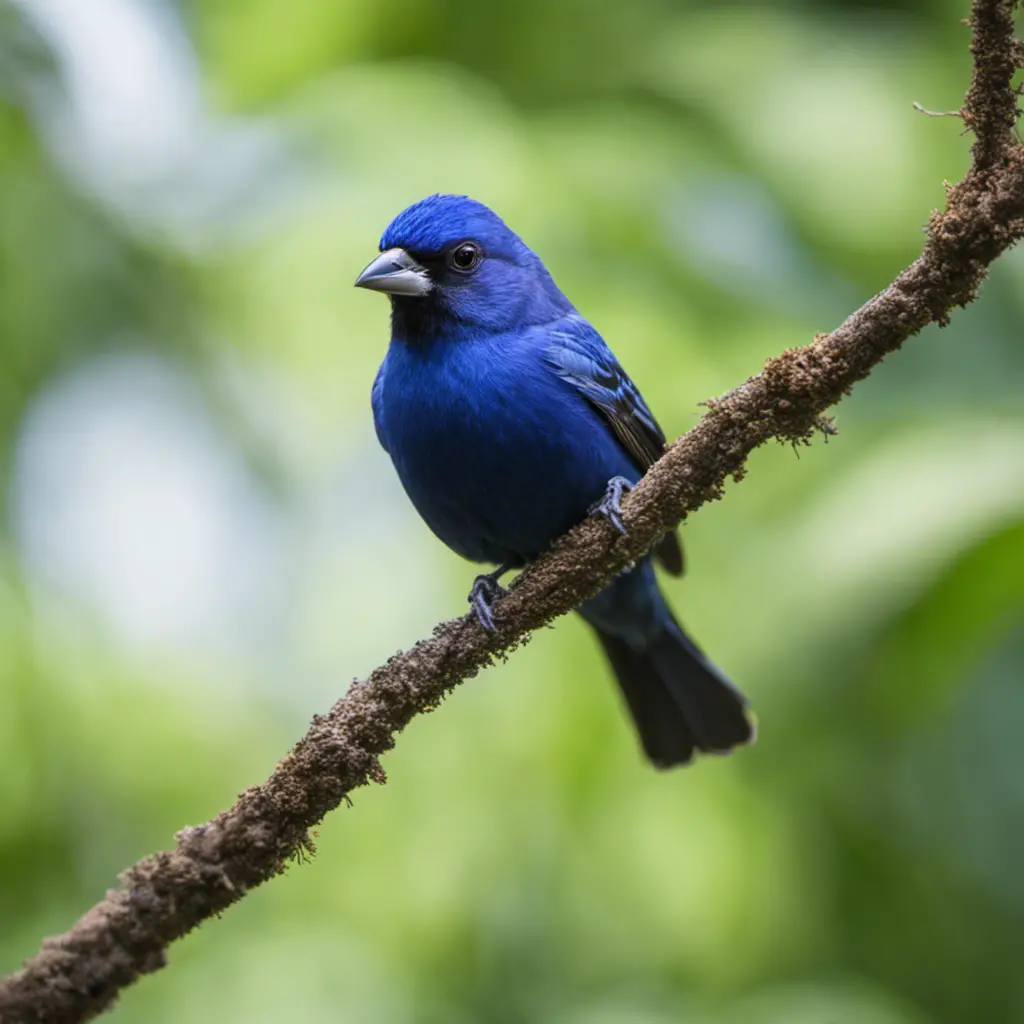
You can easily identify the Eastern Bluebird by its vibrant blue feathers and reddish-brown breast. This small bird is a common sight in North America, particularly in the eastern part of the continent.
Here are some interesting facts about Eastern Bluebirds:
Eastern Bluebird Conservation: The Eastern Bluebird population has faced challenges in the past due to habitat loss and competition from other bird species. However, conservation efforts have helped increase their numbers in recent years.
Eastern Bluebird Migration Patterns: Eastern Bluebirds are generally non-migratory birds. They tend to stay in their breeding territories year-round, although some may make short-distance movements during the winter in search of food.
Nesting Habits: Eastern Bluebirds are cavity nesters, meaning they build their nests in tree cavities or man-made nest boxes. They’re known to readily accept nest boxes provided by humans.
Diet: Eastern Bluebirds primarily feed on insects, including beetles, grasshoppers, and caterpillars. They also eat fruits, especially during the winter months when insects are scarce.
Understanding these aspects of Eastern Bluebirds can help in their conservation and provide valuable insights into their behavior and habitat requirements.
Blue Jay
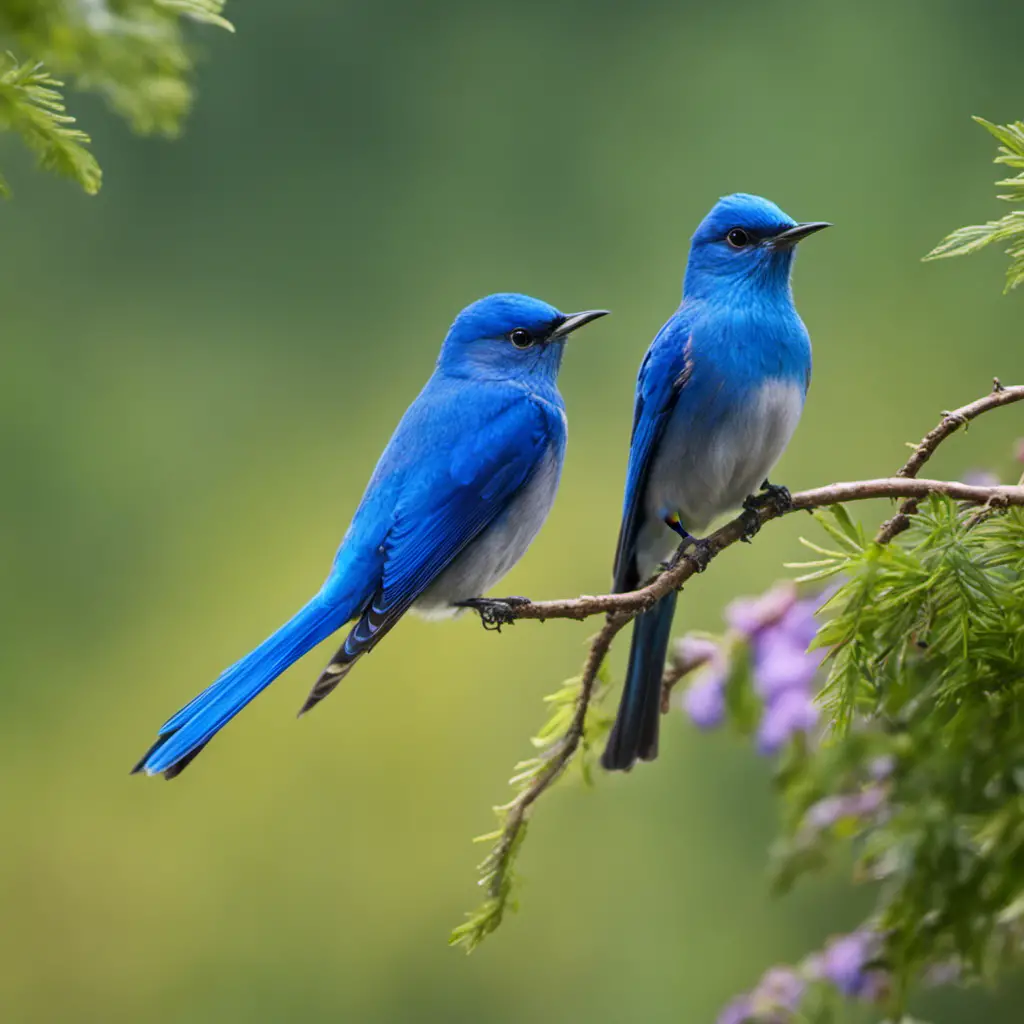
Don’t forget to listen for the distinctive call of the Blue Jay when you’re out birdwatching in the park.
The Blue Jay, scientifically known as Cyanocitta cristata, is a common bird species found in North America. Known for its vibrant blue feathers, white chest, and black markings, the Blue Jay is a sight to behold.
In terms of behavior, Blue Jays are highly social birds that often form large groups called flocks. They’re known to be vocal and have a wide repertoire of calls, including their signature ‘jay-jay’ call.
Blue Jays are also highly adaptable and can be found in a variety of habitats, ranging from forests to urban areas. They’re omnivorous, feeding on a diverse diet that includes nuts, seeds, insects, and even small vertebrates.
White-breasted Nuthatch
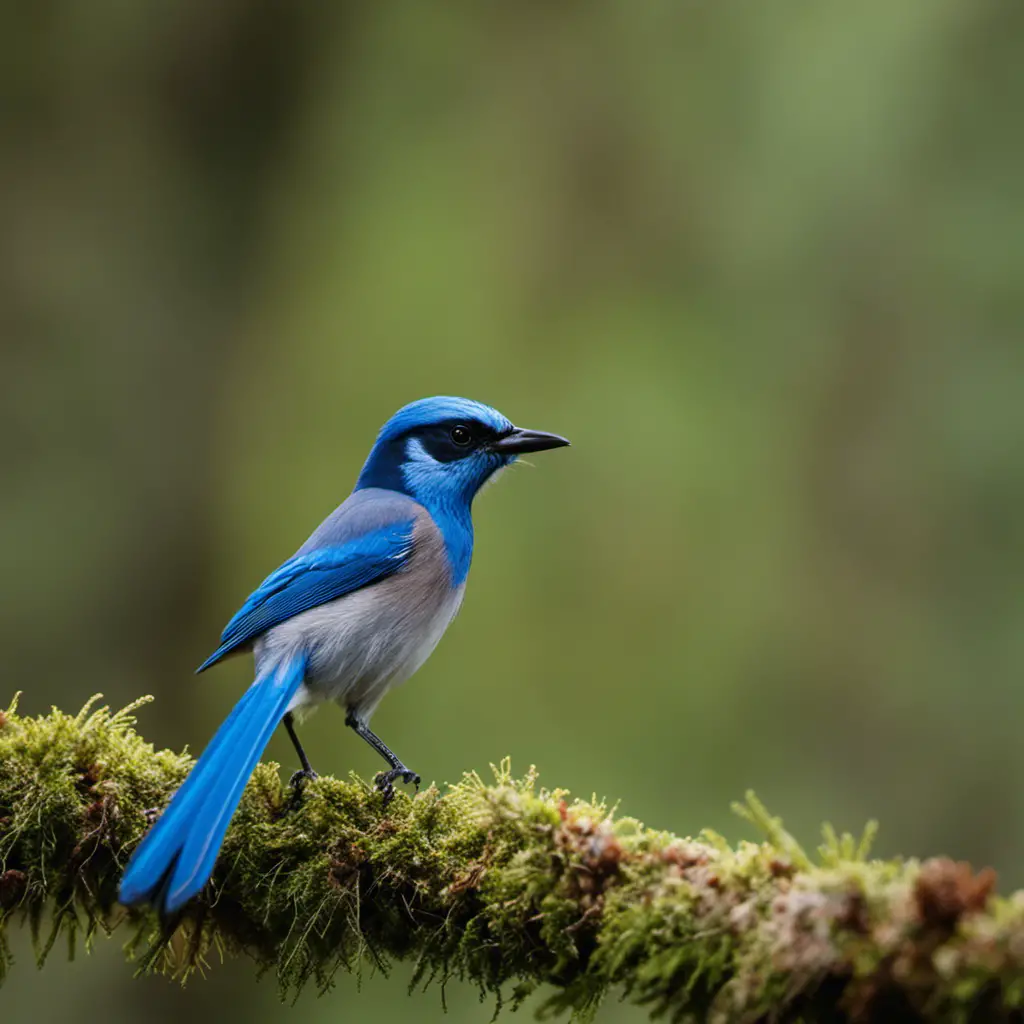
When searching for the White-breasted Nuthatch, make sure to look both in the trees and on the ground, as they’re known to forage in various locations. This small songbird, scientifically known as Sitta carolinensis, is commonly found in North America.
Here are some key facts about their nesting habits and feeding behavior:
Nesting Habits:
White-breasted Nuthatches typically nest in tree cavities, which they either excavate themselves or find pre-existing.
They line their nests with bark, grass, feathers, and other soft materials.
They often choose dead trees or snags for nesting, as the softer wood is easier to excavate.
Feeding Behavior:
These nuthatches have a unique feeding strategy called ‘hitching,’ which involves moving headfirst down tree trunks.
They primarily feed on insects, seeds, nuts, and spiders.
White-breasted Nuthatches are known for storing food in tree bark crevices, creating a cache for later consumption.
They’re also frequent visitors to bird feeders, where they enjoy suet, peanuts, and sunflower seeds.
Northern Parula
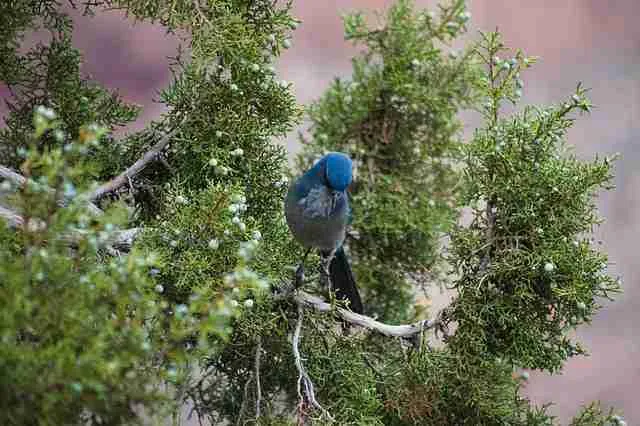
If you’re lucky, you might spot a Northern Parula during your birdwatching expedition in North Carolina. The Northern Parula, also known as the Parula Warbler, is a small songbird that’s known for its vibrant blue upperparts and yellow underparts.
This species is commonly found in the eastern United States, including North Carolina. The Northern Parula is known for its unique migration patterns, as it travels from its breeding grounds in the southeastern United States to its wintering grounds in Central and South America.
During the breeding season, the Northern Parula chooses a nesting site in dense vegetation, often near water sources. It constructs a small cup-shaped nest using leaves, grass, and moss, typically placed in the fork of a tree branch.
Understanding the migration patterns and nesting behavior of the Northern Parula is crucial for conservation efforts and promoting their habitat preservation.
House Sparrow

You can easily identify the House Sparrow by its distinctive black bib and grayish-brown plumage. This small bird, known for its adaptability and gregarious nature, is a common sight in urban and suburban areas across North America. The House Sparrow, also known as Passer domesticus, is native to Europe and Asia but has successfully established populations in various parts of the world, including North America.
Here are some interesting facts about the House Sparrow:
- The House Sparrow is a social bird that often forms large flocks, especially during the non-breeding season.
- These birds are opportunistic eaters and have a varied diet that includes seeds, grains, fruits, and even insects.
- House Sparrows are cavity nesters and often make their nests in man-made structures such as buildings and birdhouses.
- While the House Sparrow is a year-round resident in many areas, some populations exhibit seasonal movements and may undertake short-distance migrations.
Understanding the behavior and migration patterns of the House Sparrow can contribute to our knowledge of avian ecology and the ways in which different species interact in their environments.
Tree Swallow
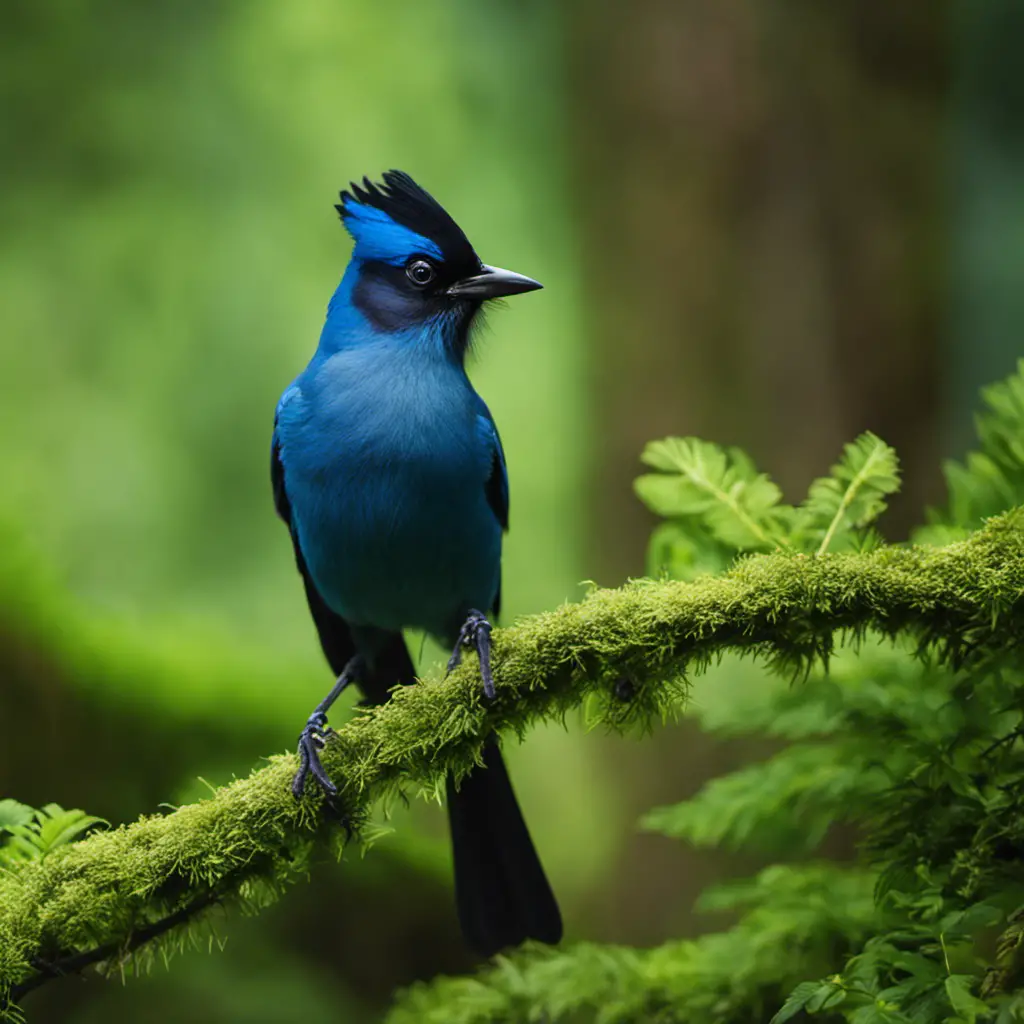
You can spot the Tree Swallow gracefully gliding through the air, flashing its vibrant blue feathers and catching insects on the wing. These small birds are found in North America, particularly in the eastern and northern parts of the continent. They prefer open habitats near water, such as marshes, lakes, and rivers.
Tree Swallows are highly skilled aerial hunters, relying on their agility and speed to catch their prey mid-flight. They primarily feed on insects, including flies, beetles, and mosquitoes. In some instances, they may also consume berries and seeds.
The Tree Swallow is known for its iridescent blue plumage, which is most pronounced in males during the breeding season. This distinguishes them from other birds, such as the blue grosbeak, which is a larger species with a stocky build and a conical beak.
Overall, the Tree Swallow is an impressive aerial acrobat, showcasing its vibrant colors as it navigates the sky in search of food.
Tufted Titmouse
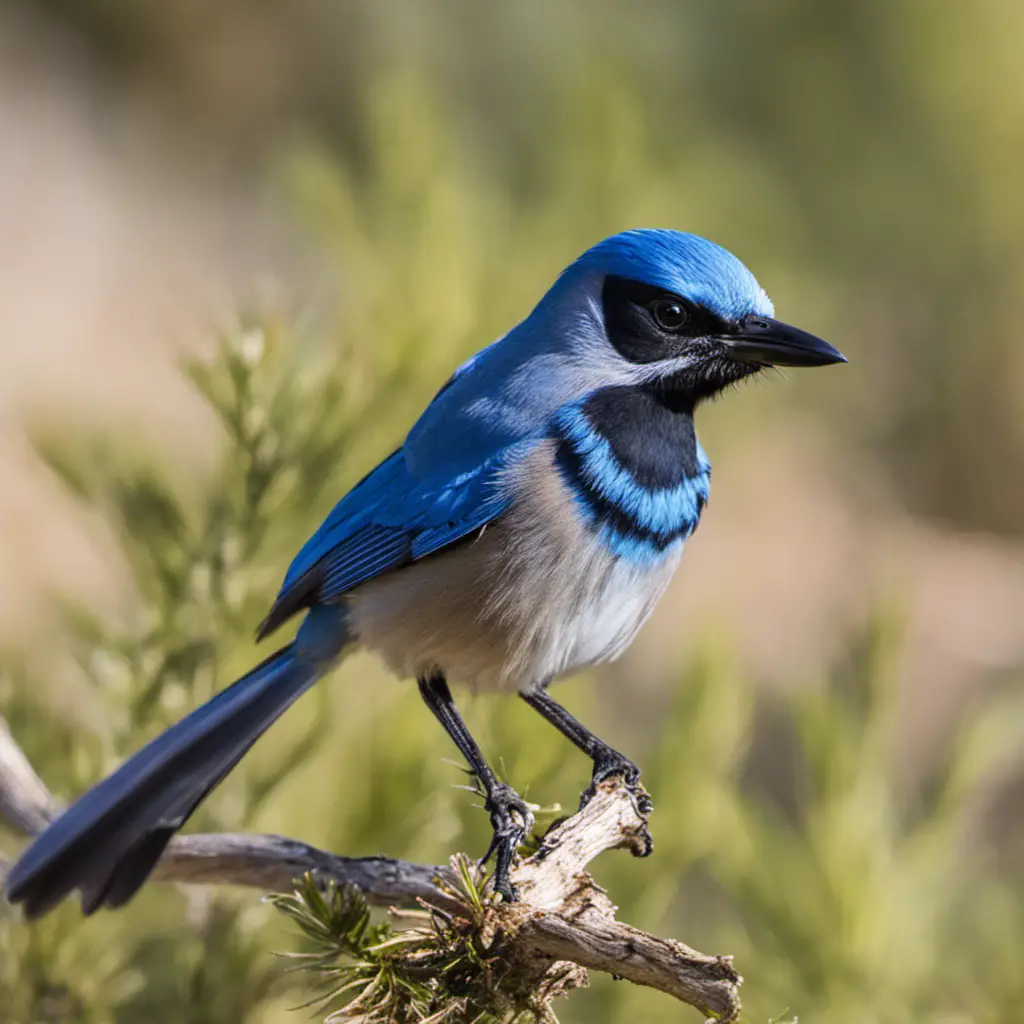
You’ll love the Tufted Titmouse’s distinctive crest, which adds a touch of charm to its sleek gray plumage. This small bird, measuring around 6 inches in length, can be found across North America, from the eastern United States to the Great Plains.
Here are some interesting facts about the Tufted Titmouse:
Nesting habits: Tufted Titmice prefer to nest in tree cavities, such as old woodpecker holes or natural hollows. They line their nests with soft materials like moss, hair, and feathers, creating a cozy environment for their eggs.
Diet preferences: These birds have a varied diet, consisting of insects, seeds, berries, and nuts. They’re known to store food for later consumption, hiding it in crevices or under bark.
Social behavior: Tufted Titmice are highly social birds, often seen in small groups or mixed-species flocks. They communicate with a variety of calls, including a clear, whistling ‘peter-peter-peter’ sound.
Range and habitat: They’re commonly found in deciduous forests, woodlands, and suburban areas with plenty of trees and shrubs.
Understanding these aspects of the Tufted Titmouse’s life helps us appreciate and conserve this charismatic bird species.
Carolina Chickadee
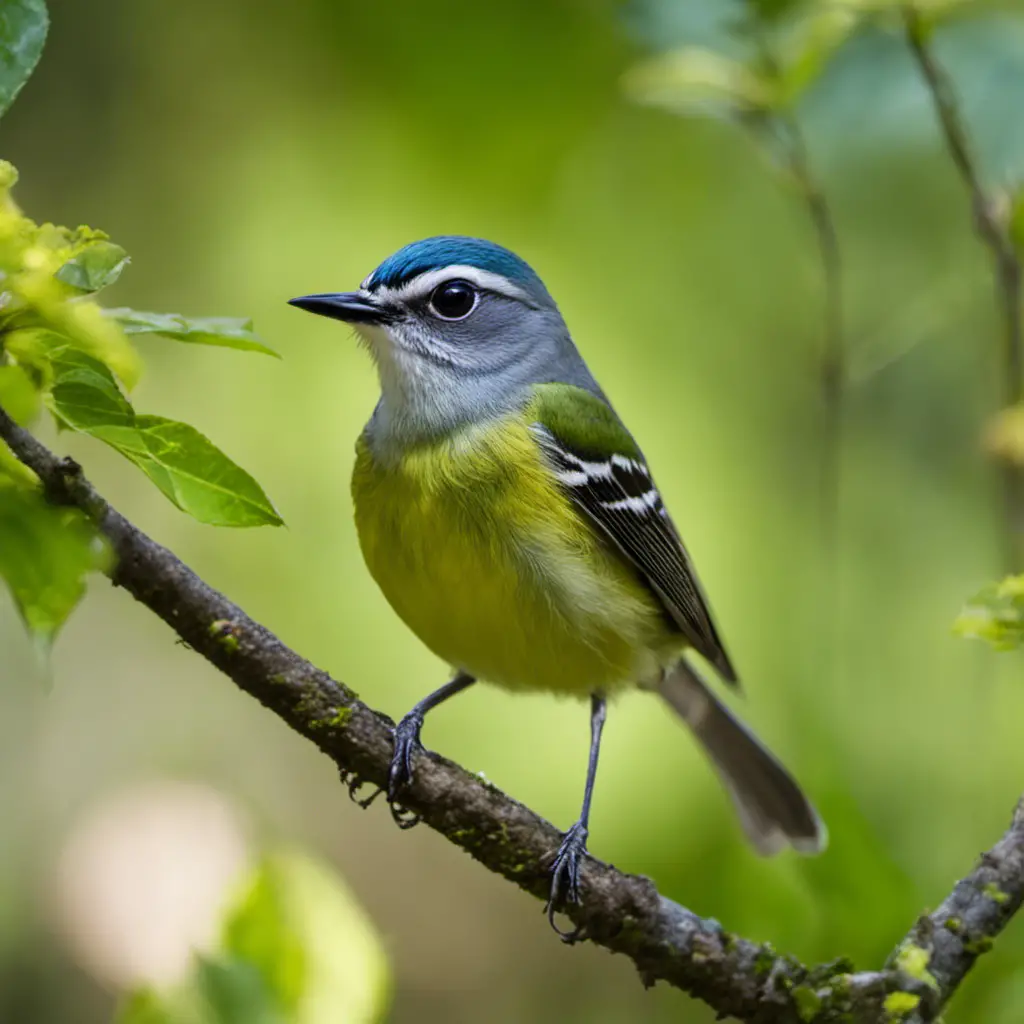
You’ll find that the Carolina Chickadee, with its distinctive black cap and white cheeks, is a delightful addition to any backyard birdwatching experience. This small songbird can be found throughout the eastern United States, including North Carolina.
The Carolina Chickadee prefers habitats such as deciduous forests, woodlands, and suburban areas with mature trees. It’s known for its acrobatic behavior, often seen hanging upside down while foraging for insects and seeds.
These birds are highly social and form small flocks, often interacting with other species such as titmice and nuthatches. Their calls consist of a distinctive ‘chick-a-dee-dee-dee’ sound, which they use for communication and identifying themselves to other members of their flock.
Observing the Carolina Chickadee in its natural habitat provides a fascinating glimpse into the behavior and social dynamics of this charming bird.
American Robin
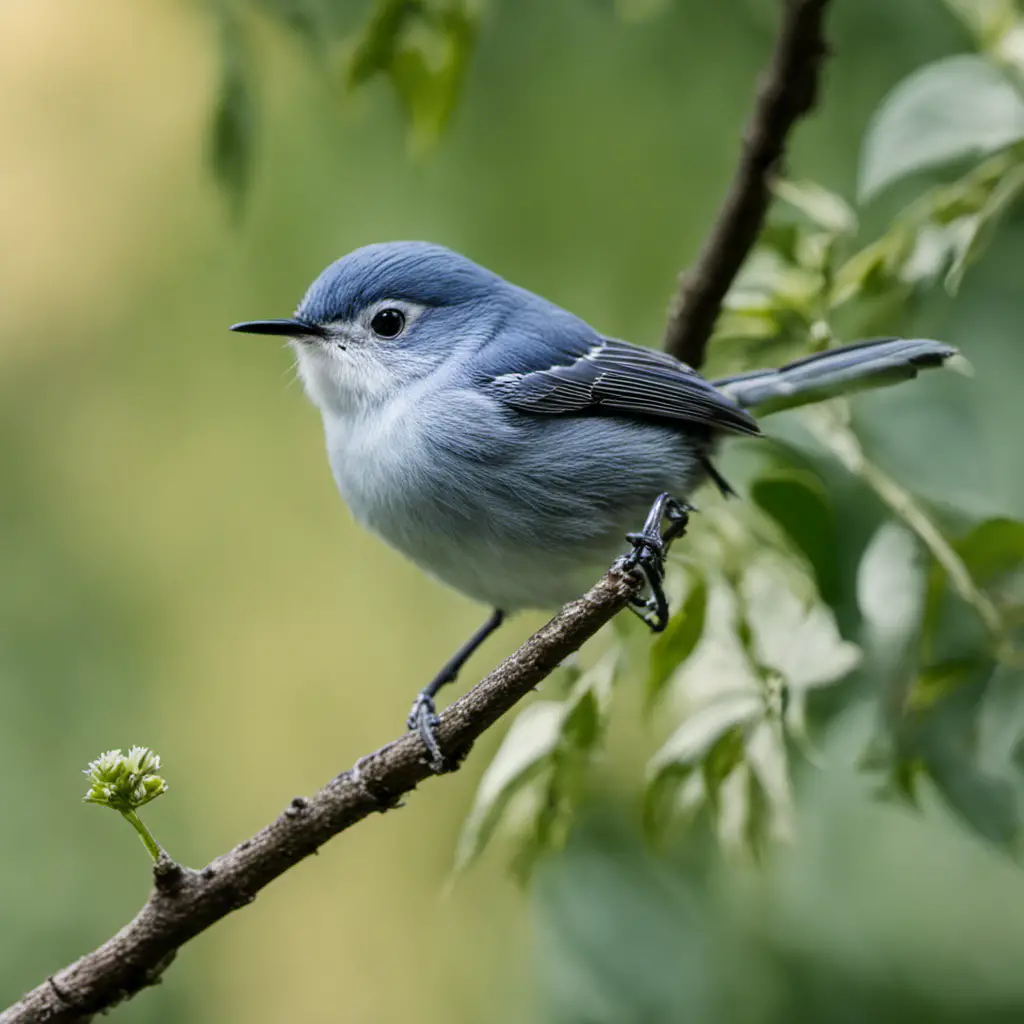
If you look closely, you’ll see the American Robin hopping across the lawn in search of worms. This iconic bird, scientifically known as Turdus migratorius, is a common sight in gardens and parks across North America.
The American Robin is known for its vibrant orange breast, grayish-brown back, and white eye-ring. Here are some interesting facts about this fascinating bird:
Habitat and feeding habits:
American Robins are adaptable and can be found in a variety of habitats, including forests, woodlands, meadows, and suburban areas.
They’re primarily insectivorous but also eat fruits and berries.
Robins are known for their distinctive behavior of pulling worms out of the ground, which they detect through sight and sound.
Migration patterns:
American Robins are migratory birds, with populations in the northern regions of North America migrating south for the winter.
They form flocks during migration, often gathering in large numbers in search of food.
Breeding behavior:
Robins typically breed in the spring and summer months.
They build cup-shaped nests made of grass, mud, and twigs, usually in trees or shrubs.
Both male and female robins take turns incubating the eggs and feeding the chicks once they hatch.
Brown-headed Nuthatch
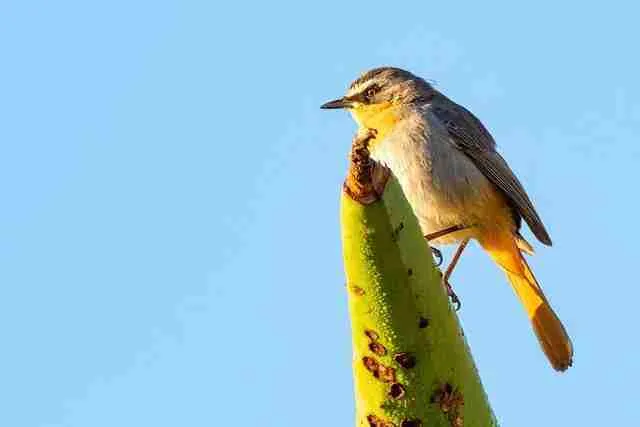
Take a closer look at the Brown-headed Nuthatch, a small songbird native to the southeastern United States. This fascinating bird is known for its unique habitat and behavior. Let’s delve into the world of the Brown-headed Nuthatch through a scientific lens.
| Habitat | Behavior |
|---|---|
| Mature pine forests | Climbing tree trunks |
| Open pine savannas | Foraging for insects |
| Pocosin wetlands | Nesting in tree cavities |
The Brown-headed Nuthatch primarily inhabits mature pine forests, open pine savannas, and pocosin wetlands. They are expert climbers and can often be seen scaling tree trunks in search of insects. Their diet consists mainly of insects and spiders. When it comes to nesting, these nuthatches are cavity nesters, utilizing tree cavities as their preferred nesting sites.
Conservation efforts for the Brown-headed Nuthatch are crucial due to declining population trends. Habitat loss and fragmentation are major threats to their survival. Organizations are working towards protecting and restoring their habitats, conducting research on population trends, and implementing conservation strategies to ensure the long-term survival of this unique songbird. By raising awareness and taking action, we can help conserve the Brown-headed Nuthatch for future generations to enjoy.
Carolina Wren
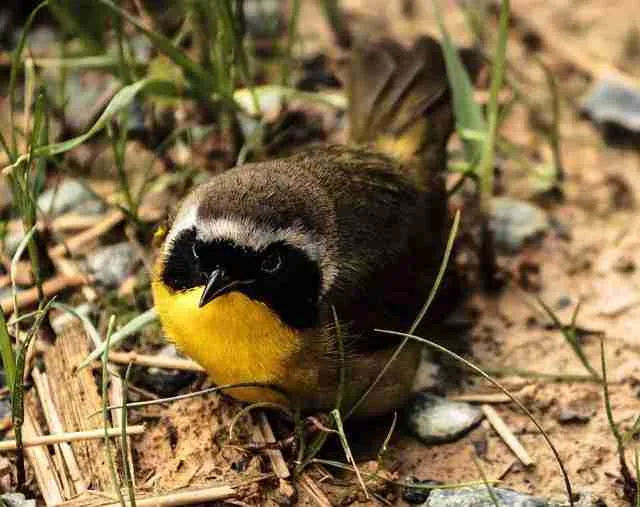
Have you ever come across a Carolina Wren while walking in the woods? These small, charismatic birds are known for their beautiful songs and intricate nesting habits.
Here are a few interesting facts about them:
- Carolina Wrens (Thryothorus ludovicianus) are small songbirds native to the eastern United States.
- They’re known for their loud, melodious songs, which can often be heard throughout forests and gardens.
- Carolina Wrens build their nests in a variety of places, such as tree cavities, brush piles, or even old boots left outside.
- The nests are made from twigs, leaves, and moss, and are lined with soft materials like feathers or animal fur.
Carolina Wrens are fascinating creatures to observe and listen to. Their unique songs and nesting habits make them a delightful addition to any natural environment.
Great Blue Heron

Did you know that the Great Blue Heron can stand motionless for long periods of time while patiently waiting for fish to swim by?
This remarkable bird, known scientifically as Ardea herodias, is a common sight in wetland habitats across North America. Its large size, measuring up to 4 feet tall with a wingspan of 6 feet, makes it easily recognizable.
The Great Blue Heron isn’t only fascinating in its ability to stand still, but also in its impressive bird migration patterns. These herons are known to travel long distances, with some individuals traveling from as far as Canada to wintering grounds in Mexico and Central America.
However, the Great Blue Heron population faces threats due to wetland degradation and habitat loss. As a result, wetland conservation efforts are crucial in ensuring the survival of this majestic bird and the ecosystems it relies on.
Red-tailed Hawk
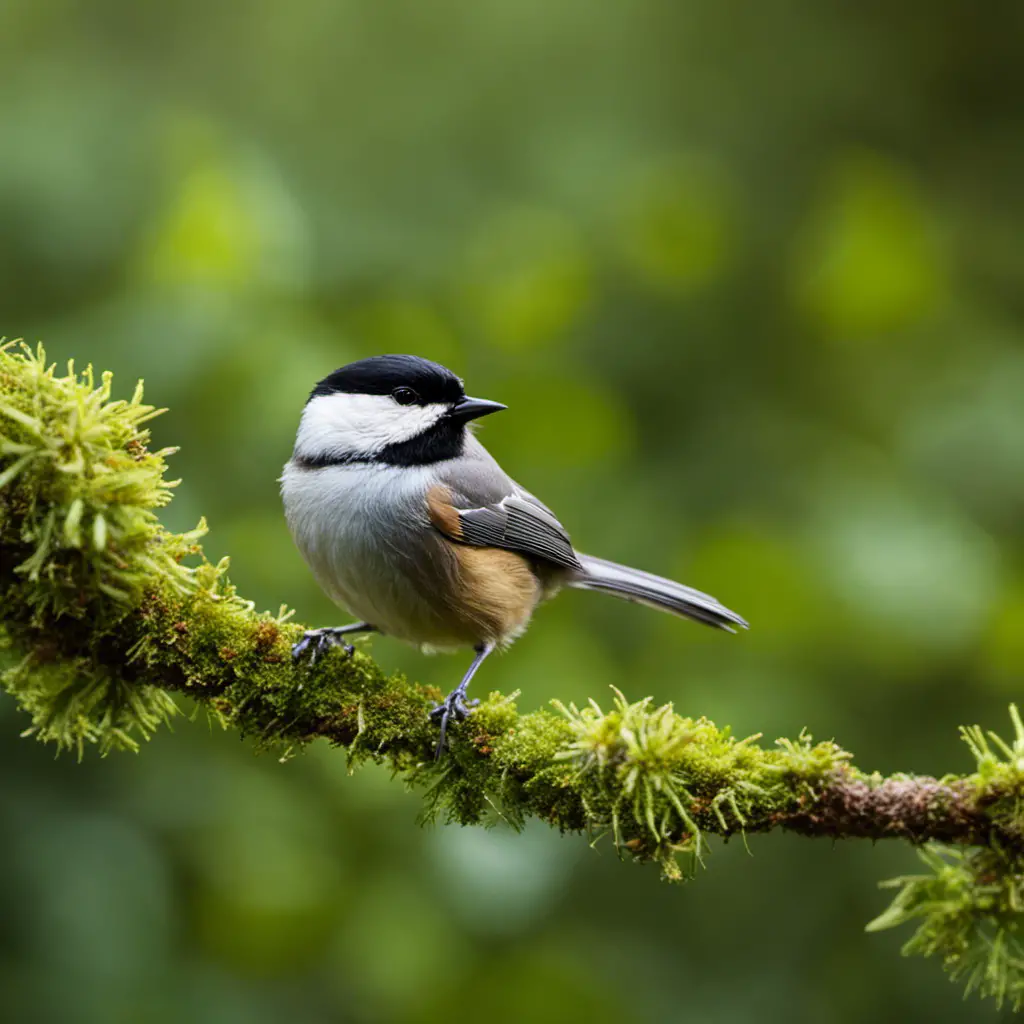
You might spot a few Red-tailed Hawks soaring in the sky during your hike in the wilderness. These magnificent birds are known for their distinctive red tails, which are often visible as they glide through the air. Red-tailed Hawks are found throughout North America and are known for their impressive migration patterns. They typically breed in the northern parts of the continent and then migrate southward during the winter months.
Conservation efforts for Red-tailed Hawks focus on protecting their habitats and ensuring that they’ve enough prey to sustain their populations. By preserving their natural habitats and reducing human disturbance, we can help ensure the survival of these beautiful birds for future generations to admire.
- Red-tailed Hawks have a wingspan of up to 4 feet.
- They’re skilled hunters, feeding on small mammals and birds.
- These hawks build large nests made of sticks and lined with softer materials.
- Red-tailed Hawks are protected under the Migratory Bird Treaty Act, which prohibits the capture or killing of these birds without a permit.
Red-shouldered Hawk
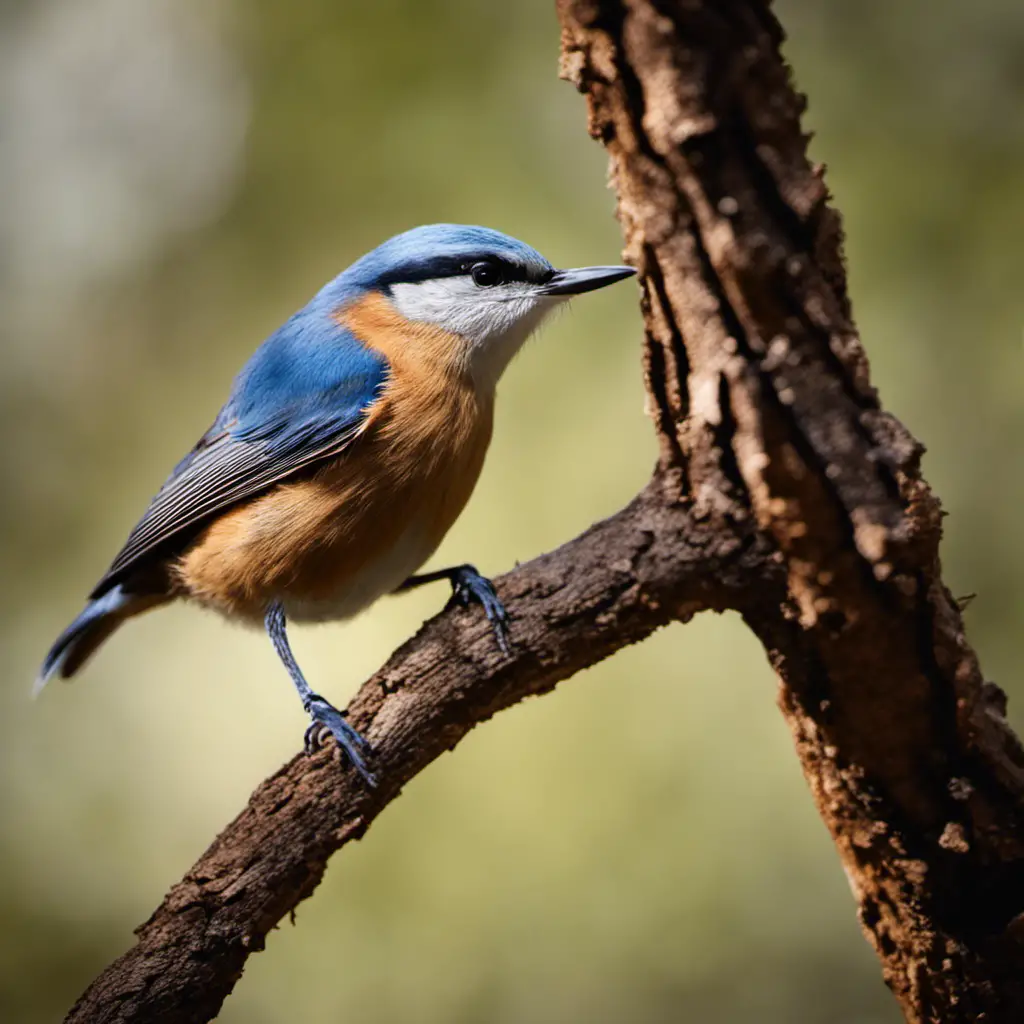
If you look closely in the trees, you might spot a Red-shouldered Hawk perched on a branch, scanning the area for its next meal. The Red-shouldered Hawk is a medium-sized bird of prey found in North America.
Its nesting habits are quite unique, as they prefer to build their nests in tall trees near water sources. These nests are made of sticks and lined with leaves and bark.
The diet of a Red-shouldered Hawk consists mainly of small mammals, such as mice and voles, but they also eat amphibians, reptiles, and occasionally birds. They’re known for their feeding behavior, which involves perching in a tree or on a telephone pole and swooping down to catch their prey.
The Red-shouldered Hawk is a fascinating species to observe in the wild, with its distinctive calls and impressive hunting techniques.
American Goldfinch
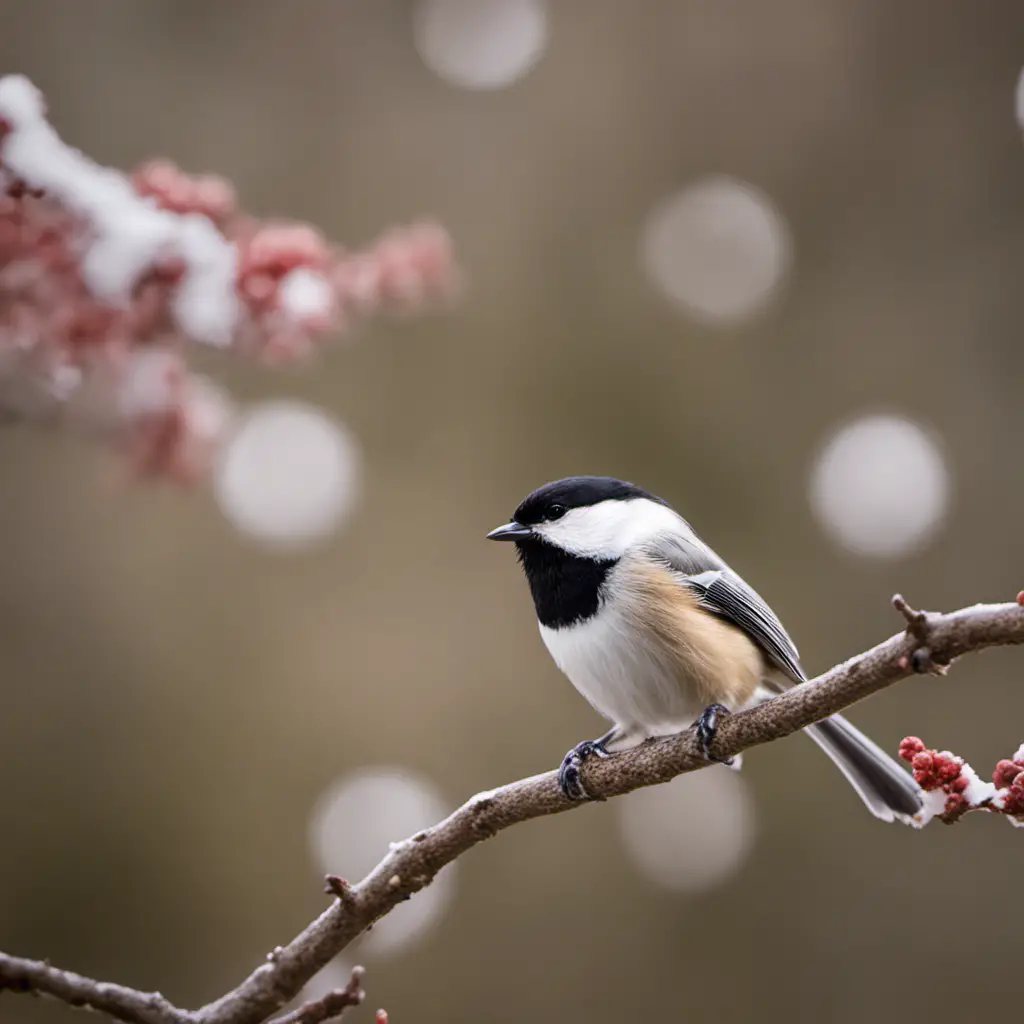
Have you seen the vibrant yellow plumage of the American Goldfinch in your backyard? These small songbirds are a delight to observe with their bright colors and cheerful songs.
Here are some interesting facts about the American Goldfinch:
American Goldfinches have unique migration patterns. Unlike many other bird species, they migrate later in the year, usually in August or September. This is because they rely heavily on seeds for their diet, and they need to wait for the seeds to mature before embarking on their journey.
American Goldfinches prefer open habitats with lots of vegetation, such as fields, meadows, and gardens. They’re especially fond of areas with thistle plants, as they use the downy fibers for nesting material.
These birds are highly social and often gather in large flocks, especially during the non-breeding season. They communicate through a variety of calls and songs, which can be heard throughout the day.
The American Goldfinch is known for its distinctive flight pattern. With a bounding, undulating flight, they seem to bounce through the air, giving them a playful appearance.
Northern Cardinal
Take a moment to appreciate the vibrant red plumage of the Northern Cardinal as it perches on your backyard feeder. The Northern Cardinal, scientifically known as Cardinalis cardinalis, is a medium-sized songbird found in North America. It’s a year-round resident in many parts of the United States, including the eastern and central regions.
The breeding habits of the Northern Cardinal are monogamous, with pairs forming strong bonds and often mating for life. The female builds the nest using twigs, grass, and leaves, while the male provides food for her during this time.
In terms of migratory patterns, some Northern Cardinals may undertake small-scale migrations during winter, seeking food sources and more favorable climates. However, many individuals remain in their breeding territories throughout the year.
Overall, the Northern Cardinal is a fascinating species to observe, with its striking appearance and interesting breeding and migratory behaviors.
Purple Finch
You may spot up to five Purple Finches at your backyard feeder today. These small birds, measuring about 6 inches in length, are known for their vibrant plumage and melodious songs.
Here are some interesting facts about Purple Finches:
- They’re native to North America and can be found across the continent, from Canada to Mexico.
- Male Purple Finches have a reddish-purple hue on their head, back, and breast, while females have a more subdued coloration.
- These finches primarily feed on seeds, especially those from coniferous trees, but they also eat insects during the breeding season.
- Purple Finches are migratory birds, and their breeding range extends from the northern United States and southern Canada to the northeastern states. During the winter, they migrate southward to escape the cold.
Observing Purple Finches can provide valuable insights into bird migration patterns and the importance of backyard feeders as a food source for these beautiful creatures.
Red-bellied Woodpecker
If you’re lucky, you might catch a glimpse of a Red-bellied Woodpecker’s vibrant plumage at your backyard feeder. The red bellied woodpecker, or Melanerpes carolinus, is a medium-sized woodpecker found in North America.
Despite its name, the red on its belly is often hidden by its feathers, making it difficult to spot. These woodpeckers play an important role in the ecosystem. They’ve a unique feeding behavior, using their strong beaks to excavate holes in trees in search of insects such as beetles and ants.
In doing so, they create nesting sites for other bird species like chickadees and nuthatches. Additionally, their feeding activity helps control the population of harmful insects, contributing to the overall health of the forest.
Red-headed Woodpecker
Don’t forget to admire the Red-headed Woodpecker’s striking plumage and observe its unique behaviors. This species is known for its vibrant red head, black and white body, and its distinctive call.
Here are some interesting facts about the red-headed woodpecker:
- Nesting Habits:
- Red-headed woodpeckers often excavate their own nesting cavities in dead trees or tree limbs.
- They line their nests with wood chips and sometimes feathers or grass.
- These woodpeckers are known to reuse their nest cavities in subsequent years.
- They typically lay 4-7 white eggs and take turns incubating them for about 12-14 days.
Conservation Efforts:
- The red-headed woodpecker population has been declining due to habitat loss and the removal of dead trees.
- Conservation efforts include preserving suitable habitat, promoting nest box programs, and raising awareness about the importance of dead trees for nesting.
Understanding the red-headed woodpecker’s nesting habits and supporting conservation efforts are crucial for the long-term survival of this beautiful species.
Ruby-throated Hummingbird
Take a moment to appreciate the vibrant plumage of the Ruby-throated Hummingbird as it hovers near the nectar-rich flowers.
The Ruby-throated Hummingbird, scientifically known as Archilochus colubris, is a small bird found in North America. Known for its stunning emerald green feathers and iridescent ruby-colored throat patch, this tiny avian marvel has captured the attention of bird enthusiasts worldwide.
One fascinating aspect of the Ruby-throated Hummingbird is its migration patterns. These remarkable birds embark on an incredible journey, traveling thousands of miles from their breeding grounds in North America to their wintering grounds in Central America. During this migration, they rely heavily on nectar feeding behavior to fuel their energy-intensive flights.
This species plays a vital role in pollination, as they transfer pollen from flower to flower while searching for nectar, ensuring the survival of many plant species. Understanding the migration patterns and nectar feeding behavior of the Ruby-throated Hummingbird contributes to our overall knowledge of avian ecology and highlights the delicate balance between birds and their environment.
Frequently Asked Questions
What Is the Average Lifespan of a Blue Jay?
On average, a blue jay has a lifespan of 7-8 years. However, their diet difference can affect their longevity. Understanding the average lifespan of blue jays helps in studying their behavior and population dynamics.
How Does the Diet of the Eastern Bluebird Differ From That of the Blue Grosbeak?
When comparing the feeding habits and breeding patterns of the eastern bluebird and blue grosbeak, it is important to note the differences in their diets.
What Is the Nesting Behavior of the Barn Swallow?
The barn swallow exhibits fascinating nesting habits and breeding behavior. They build their nests using mud and feathers, often under bridges or in human-made structures. Their precise construction methods ensure a secure environment for their offspring.
How Does the Migration Pattern of the Tree Swallow Compare to That of the Indigo Bunting?
The migration patterns of the tree swallow and the indigo bunting differ in several ways. The tree swallow migrates in large flocks, while the indigo bunting migrates individually or in small groups. Additionally, the tree swallow migrates over shorter distances compared to the indigo bunting.
Do Northern Cardinals and American Goldfinches Coexist in the Same Habitats?
Northern cardinals and American goldfinches often coexist in the same habitats due to their different habitat preferences and coexistence dynamics. Cardinals prefer dense shrubs and trees, while goldfinches prefer open fields and gardens.
Conclusion
In conclusion, North Carolina is home to a diverse range of blue bird species. The Indigo Bunting, Common Grackle, Barn Swallow, Blue Grosbeak, Eastern Bluebird, Purple Finch, Red-bellied Woodpecker, Red-headed Woodpecker, and Ruby-throated Hummingbird can all be found in this region.
These birds contribute to the rich avian biodiversity of North Carolina and offer a captivating sight for birdwatchers and nature enthusiasts. Studying and preserving their habitats is crucial for the conservation of these beautiful blue birds.

An avid ornithologist, zoologist and biologist with an unwavering passion for birds and wild animals.
Dr. Wilson’s journey in ornithology began in childhood and led him to obtain a Ph.D. in Ornithology from the prestigious Avian Research Institute. He has worked closely with renowned experts in the field and conducted extensive research and field studies globally.

